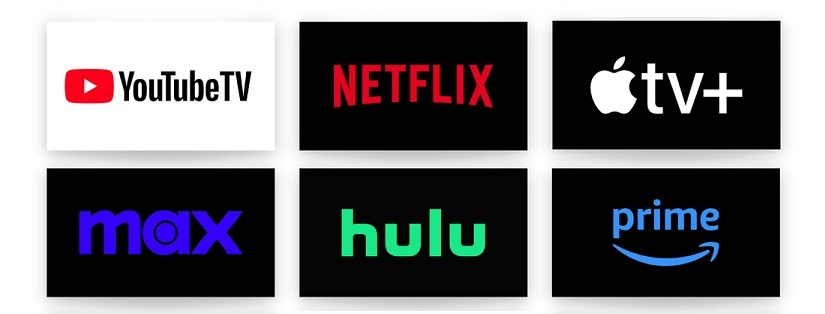
Following the release of Netflix's impressive fourth quarter earnings report, which highlighted a 12.5% increase in revenue and an additional 13 million subscribers from the previous year, one thing is for certain: we are in the heyday of video streaming services. As viewers continue to be glued to their screens to tune in to new content and rewatch their favorite shows, the industry is absolutely thriving — in 2021, Forbes reported close to 50 services in North America alone, and as of 2023, that number has climbed to 239 (according to IBISWorld).
But with over 200 streaming services to choose from, including multiple platforms featuring similar types of entertainment, users have little incentive to remain loyal to any given platform if it exhibits performance issues. Big names in streaming like Hulu, Amazon Prime and HBO Max invest thousands of hours into engineering observability and closed-loop monitoring to combat infrastructure and application issues, but smaller platforms struggle to remain competitive without access to the same resources.

Compounding the importance of reliability for brand loyalty is the need for streaming platforms to constantly innovate and outpace competitors; new UX and faster speeds are necessary to stand out from the pack. However, these new deployments can easily lead to unforeseen service issues unless proper monitoring is put in place.
Market Evolution
Combined with the standards set by industry leaders like Netflix, Hulu, Amazon Prime and HBO Max, our culture's heightened emphasis on and desire for instant gratification has raised the bar for customer expectations. Because of this, traditional infrastructure and application tools are no longer good enough. Existing solutions leave room for potential disruptions that go undetected and impact the user experience. To keep pace with the times, streaming services — especially ones of smaller scale — must invest in future-proofing observability solutions that combine real-time, zero-instrumentation topology of their environments with predictive analytics and machine learning to stay ahead of competitors and maintain the business of their customers.
How Smaller Streaming Companies Can Position Themselves to Win
Large streaming services such as Prime Video and Hulu invest thousands of hours into engineering observability and closed-loop monitoring. An example of this is Netflix's pioneering architecture and in-house tools, which have set the curve for the industry. But for the smaller streaming services, particularly newcomers to the AVOD and FAST spaces, scaling the many moving parts of a streaming platform becomes a challenge. The layers of infrastructure, network, storage and computation create interdependent systems that can lead to cascading effects and serious service disruptions. To secure their position within an increasingly crowded space, it's essential for streaming services to build strong observability.
To ensure that they are best positioned to mitigate and quickly respond to anything that could result in a service disruption, it is important for all streaming services to have the resources in place to allow them to scale and strengthen the layers of technology that are critical to their continued operations and efficiency.
For smaller and newer streaming services looking to scale operations — and deploy increasingly complicated infrastructure and networking — it's essential to understand the interdependencies of different systems, services, and data centers. Rather than attempt to cobble these solutions together in-house with limited resources, streamers can take advantage of the growing AIOps for observability space, and make use of both vendors and open-source tools.
Key Factors to Consider
When exploring the option to onboard next-gen observability tools, smaller streaming platforms should consider the following elements:
■ The "hidden costs" of observability — Paying for a third-party service is often cheaper than the ballooning costs of attempting to monitor in-house, or use legacy solutions. Traditional monitoring tools can eat up a significant portion of infrastructure budgets, as high as 30%.
■ Getting DevOps back to important feature work — as mentioned above, staying ahead of the competition is essential in the streaming space. If DevOps teams are burdened by triaging and analyzing production issues, they're unable to work on new feature developments — such as improved UX — that will help their organization get ahead of the competition.
■ Streaming services are very sensitive in terms of their entire stack — infrastructure, network and video layers all comprise a delicate ecosystem, wherein a production issue has a compounded risk to affect customers. A full-stack holistic approach to observability is a must.
By ensuring that their IT infrastructure and environments are well-equipped with the tools and capabilities necessary to maintain smooth service to users, smaller streaming platforms can position themselves to uphold important operations and be able to keep pace with a market dominated by industry leaders.
